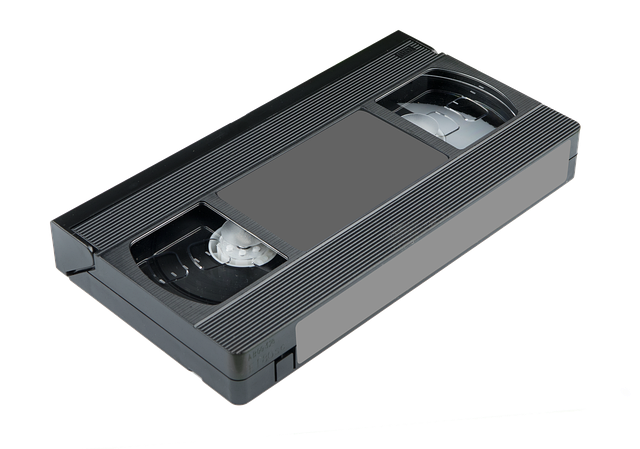Mastering Video Playback: Tips and Tricks for Seamless Viewing
In today’s digital age, video playback has become an integral part of our daily entertainment and work routines. Whether you’re streaming your favorite show, editing a video project, or conducting an online presentation, smooth video playback can make all the difference in your experience. Yet, many people encounter frustrating buffering, lagging, or inconsistent quality that disrupts their viewing pleasure. If you’ve ever found yourself staring at a spinning wheel or annoyed by sudden pauses, this guide is for you.
Understanding the Basics of Video Playback
Video playback is more than just clicking play on a file or streaming platform. It involves decoding video data, rendering frames on your device, and ensuring consistent synchronization between audio and visual elements. Several factors influence this process, including your device’s hardware, software settings, internet connection, and the video format itself.
Optimize Your Device for Smooth Video Playback
- Close Unnecessary Applications: Running multiple applications in the background can consume valuable resources, causing video playback to stutter. Make it a habit to close apps that you’re not actively using.
- Update Your Media Players and Drivers: Outdated software might lack enhancements necessary for smooth decoding and rendering of newer video formats. Keep your video player and graphic drivers up to date.
- Choose the Right Video Player: Not all video players handle all formats equally well. Popular players like VLC Media Player and MPC-HC offer customizable options and wide support for various codecs.
Boost Your Internet Connection for Streaming
If you stream your videos online, your internet connection plays a crucial role in video playback quality. Consider these tips:
- Use Wired Connections: Whenever possible, use an Ethernet cable instead of Wi-Fi to ensure stable and faster data transfer.
- Limit Network Usage: Avoid downloading large files or running bandwidth-heavy applications during your streaming sessions.
- Adjust Streaming Quality: Lowering the resolution on streaming services during peak hours can reduce buffering without drastically affecting your viewing experience.
Effective Video Playback Settings to Improve Experience
Fine-tuning playback settings can substantially enhance your viewing experience:
- Enable Hardware Acceleration: This allows your device’s GPU to assist in decoding video, reducing CPU load and leading to smoother playback.
- Buffer Settings: Increasing the buffer size in your media player settings can reduce playback interruptions on slower networks.
- Synchronize Audio and Video: Some players allow you to manually adjust audio or video delays to fix synchronization issues.
Choosing the Right Video Format and Resolution
Not all video files are created equal. The format and resolution impact how easily your device handles playback.
- Prefer Modern Formats: Formats like MP4 (H.264/H.265) offer excellent compression and compatibility across devices.
- Match Resolution to Device Capability: Playing a 4K video on a device that doesn’t support such resolution can cause choppy playback. Adjust resolution according to your hardware.
Additional Tips for Advanced Users
For those who want to dive deeper into mastering video playback:
- Use Video Editing Tools: When working with raw footage, tools like Adobe Premiere Pro or DaVinci Resolve can optimize video quality and avoid compatibility issues.
- Monitor System Performance: Use task managers or system monitors to identify bottlenecks during playback.
- Experiment with Codecs: Customizing compression codecs might enhance playback for specific use cases.
Seamless video playback isn’t just about powerful devices or fast internet—it’s about understanding the interplay of hardware, software, and settings. By applying these tips and tricks, you can transform your video playback experience into one that’s truly immersive and frustration-free.




